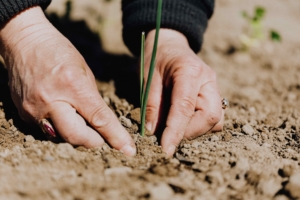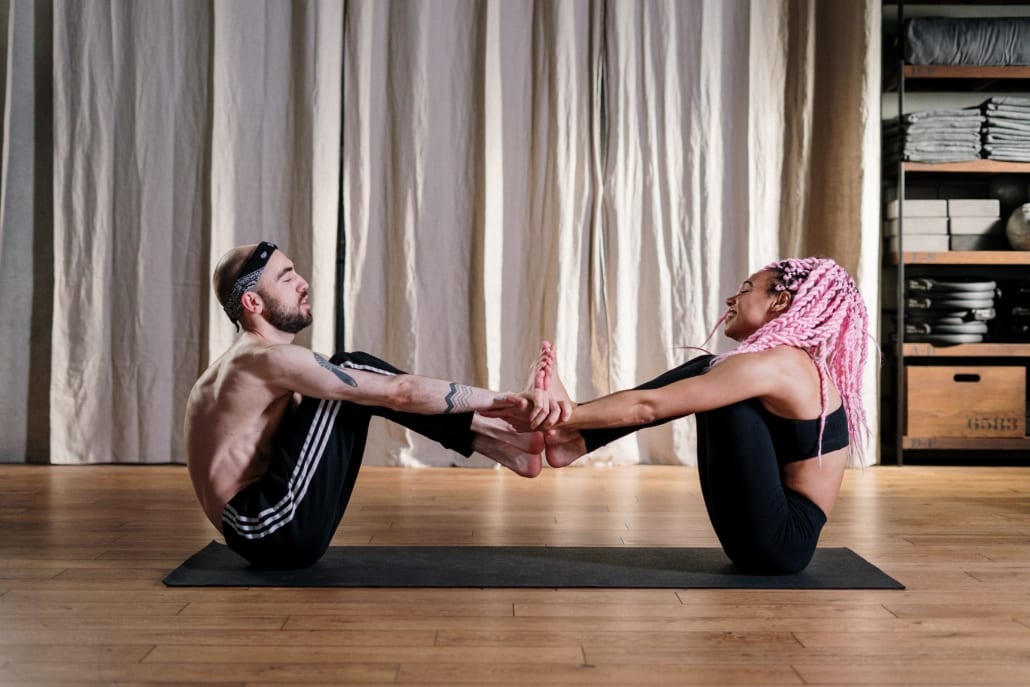What is the number one responsibility of a yoga teacher?
Is it being able to do handstands? To do wheel pose? Large classes? The answer is surprisingly simple. The number one responsibility for yoga teachers, is to teach yoga. This may seem overly simplistic, but in my view, it is as paramount as it is obvious.
People come to yoga for a variety of reasons. Some come to fix their back, others want peace of mind. Still others come for greater flexibility. Any of these sound familiar? I have certainly taught classes that address these needs.
In the scope of what is possible through yoga practice, these accomplishments (as wondrous as they may be) are relatively minor. Skilled yoga teachers teach you much more than triangle pose, they will help you to understand yourself – the shadows and the gold – with great clarity. They instruct you on how to minimize suffering and skillfully work with adversity. They teach you to generate energy and to use it wisely.
They teach you to generate energy and use it wisely.
Said differently, yoga teaches you to be integrated; such that your thoughts, speech and actions are congenial. It imparts the desire and means by which you can live your purpose in a manner that is beneficial to yourself and others – to live with greater joy and far less fear. The number one responsibility of a yoga teacher is to teach you yoga. They can assist you to the degree to which they recognize yoga in themselves.
Like raindrops that send intersecting ripples out across the surface of a once placid mountain lake, yoga reveals the interconnectedness of all aspects of life. Yoga is reflected in how we sleep, speak, play, our desires and of course in formal practice.
Yoga shows us how seemingly individual components are part of a greater whole. Gradually students see the lattice of circumstances and life-responsibility they inherited from their past thoughts, words, and actions. And more importantly, how to chart a new destiny.
This may sound lofty, however it starts with something very simple – self awareness. The postures, done with proper attention, generate a degree of self awareness. As you consciously breath and mindfully move you become more self-realized. A skilled yoga teacher offers additional methods to expand self-understanding and actualization. That is their primary job.







